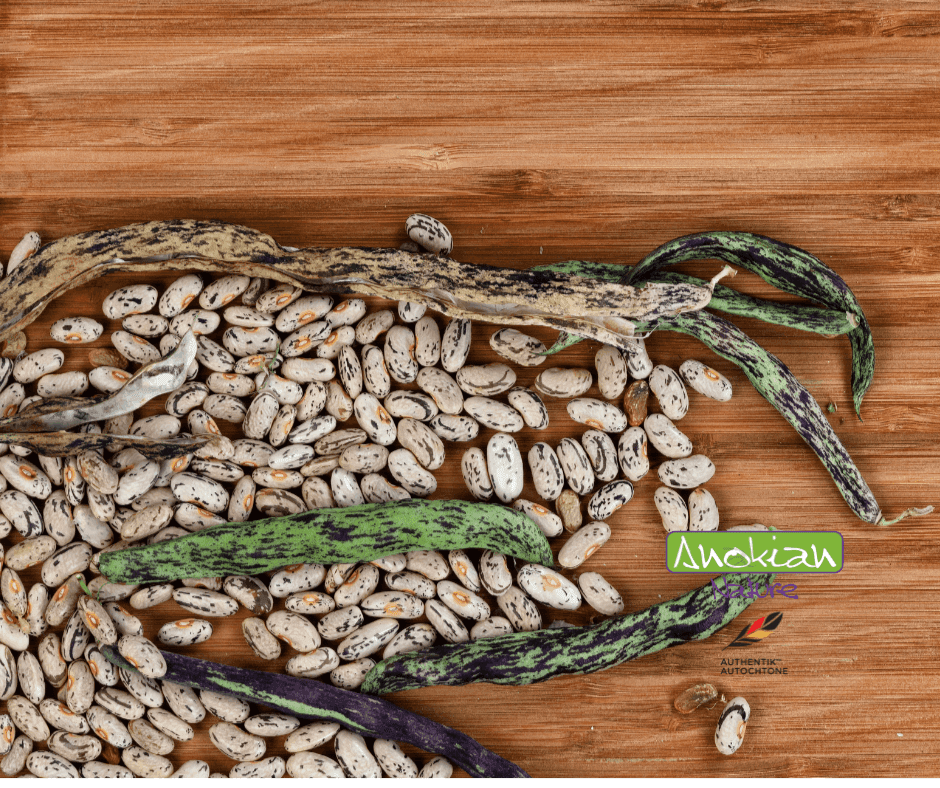Skip to product information










Seed | Rattlesnake Climbing Green Bean
$3.99 CAD
Quantity
Rattlesnake climbing bean with distinctive purple-striped pods, ideal for vertical gardens. Hardy and productive variety offering tender, flavorful beans when ripe. Resists heat and drought, making it ideal for organic growing. Excellent post-harvest storage.